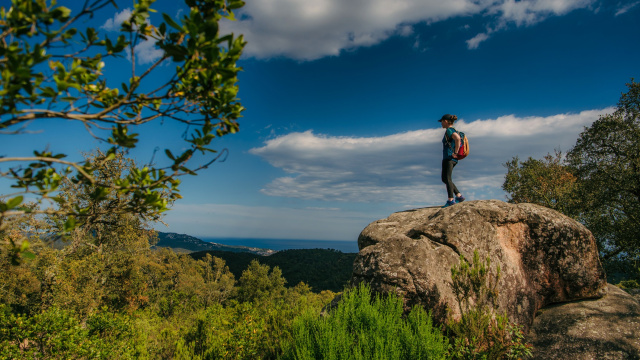Lloret dels Ibers
Lloret de Mar has three Iberian settlements: Montbarbat, Puig de Castellet and Turó Rodó, where you can discover how the first inhabitants of our city used to..

Montbarbat
This is the largest settlement (5,700 m2) and the furthest from the town.
This is the largest settlement (5,700 m2) and the furthest from the town. It appears to be the most important settlement in the region, especially from an urban planning perspective as it is surrounded by defensive walls and towers.
Some streets have also been excavated, as well as dwellings and other buildings (such as food stores) dating from the 3rd and 4th centuries B.C. Some fragments of imported Attic pottery have been found, which testify to the presence and influence of the Greek world in our lands.
The site is currently being excavated and cannot be visited.

Can Saragossa
The Can Saragossa farmhouse is located on a small hill, surrounded by woodland and gardens. In spring, when the landscape begins to bloom, it’s simply a must

Turó Rodó
The settlement of Turó Rodó is one of three Iberian archaeological sites that can be found around Lloret de Mar and is the closest to the town centre

Puig de Castellet Archaeological Site
The Puig de Castellet Archaeological Site, which dates back to the 3rd century B.C., is located 2 kilometres from the centre of Lloret de Mar.

Montbarbat
This is the largest settlement (5,700 m2) and the furthest from the town.